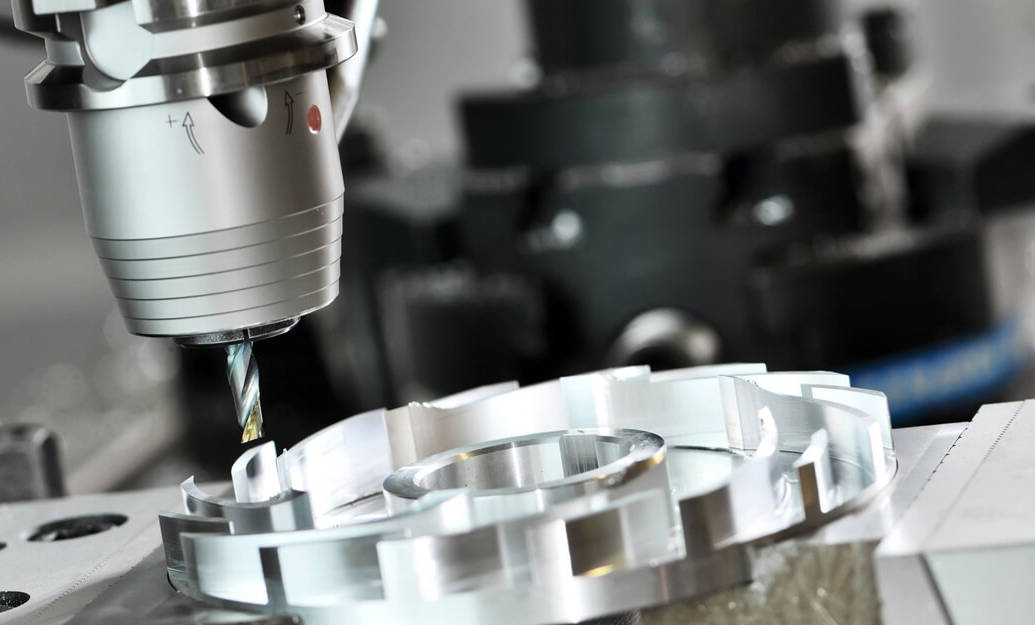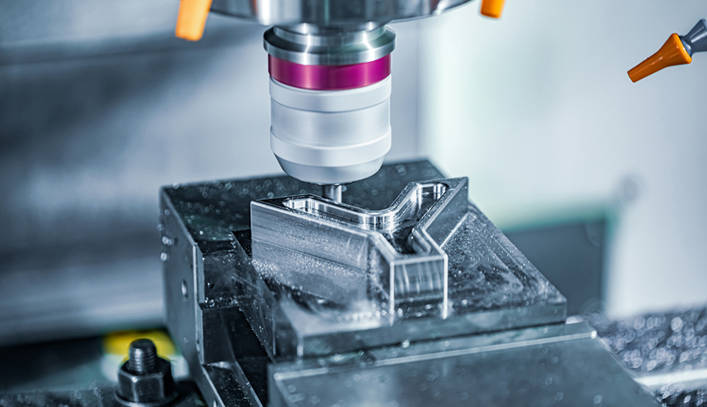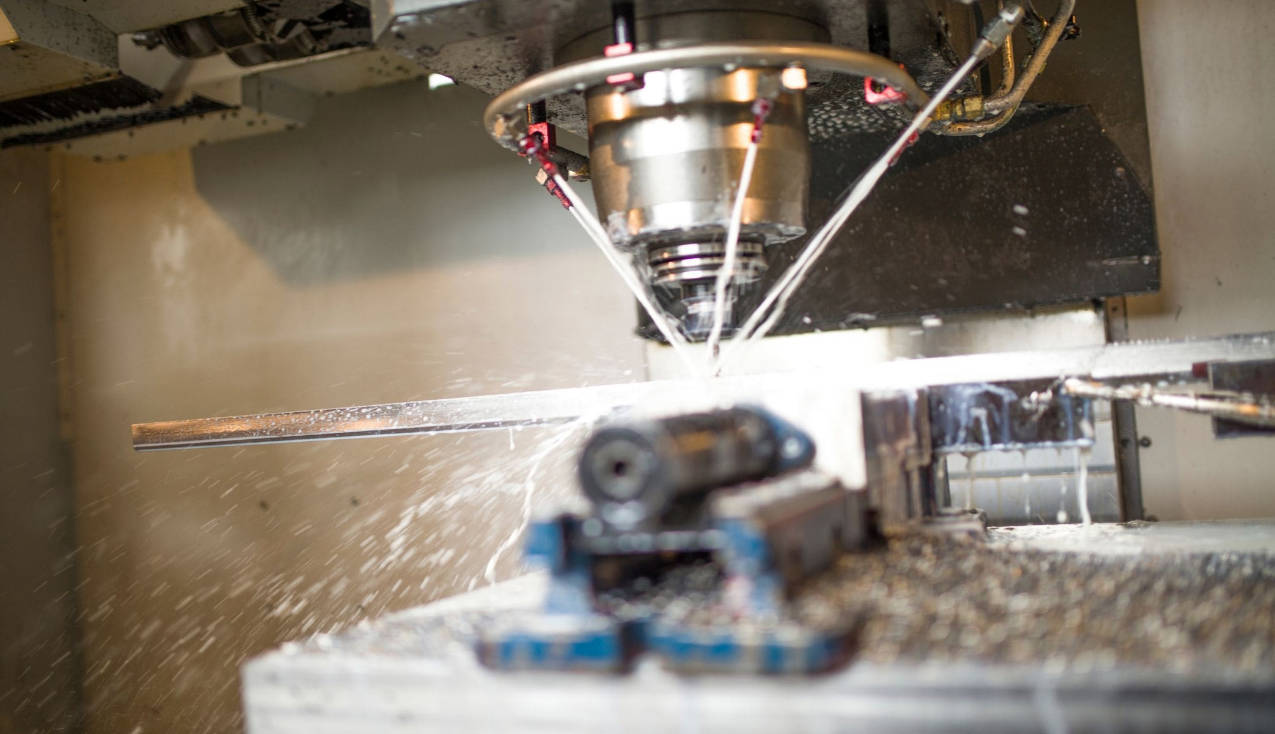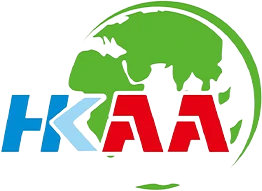The average cost for CNC milling services in 2025 is expected to range from $30 to $120 per hour for machine time, though some specialized 5-axis machines can command rates upwards of $200 per hour. The total project cost is primarily determined by material choice, part complexity, required tolerances, and order quantity. For instance, a simple, single aluminum prototype might cost around $100-$300, whereas the per-part cost for a production run of 1,000 units could drop to under $10.
Understanding the cost structure of CNC (Computer Numerical Control) milling is crucial for engineers, product designers, and procurement managers aiming to optimize budgets without sacrificing quality. As technology evolves and market dynamics shift, the pricing landscape for custom-machined parts continues to adapt. This comprehensive guide breaks down every factor influencing your CNC milling quote in 2025, providing expert insights and actionable tips to help you save significantly on your next project.
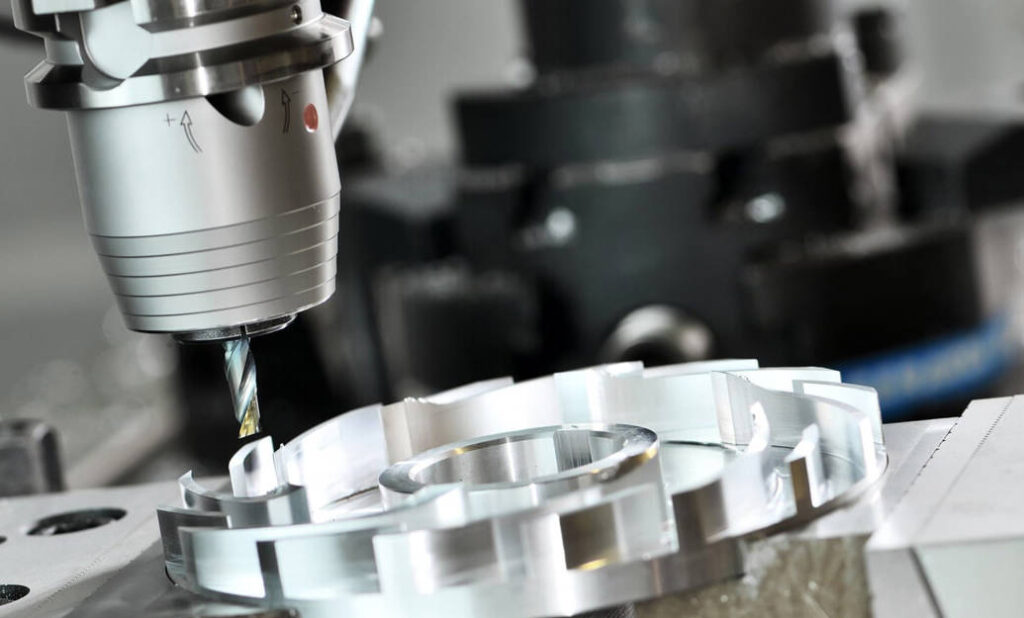
Table of Contents
- What’s in a CNC Milling Quote? A Complete Price Breakdown
- What are the Primary Factors Influencing CNC Milling Costs?
- How Can You Proactively Reduce CNC Milling Costs? Expert Tips
- Material Cost Comparison: A Practical Guide for 2025
- Looking Ahead: CNC Milling Price Trends for 2025 and Beyond
- Frequently Asked Questions (FAQ)
What’s in a CNC Milling Quote? A Complete Price Breakdown
When you receive a quote from a CNC milling service, the total price isn’t just an arbitrary number. It’s a calculated sum of several distinct cost components. Understanding this breakdown empowers you to identify areas for potential savings. While the exact percentages can vary based on the project’s specifics, a typical CNC milling cost structure is a blend of fixed and variable expenses.
Fixed costs, such as initial programming and machine setup, are incurred once per production run. This is why the per-part price decreases dramatically with higher quantities, as these one-time costs are amortized over more units. Variable costs, on the other hand, are directly tied to each part produced and include the raw material and the actual machine runtime. Projects with intricate designs or made from exotic materials will see a higher proportion of their cost attributed to these variable factors.
| Cost Component | Description | Typical Percentage of Total Cost |
|---|---|---|
| Machine Runtime | The time the CNC mill is actively cutting the part. This is the largest cost driver, influenced by material machinability and part complexity. | 30% – 50% |
| Raw Material | The cost of the stock material (e.g., aluminum, steel, titanium, plastic). Price varies significantly by type and required volume. | 20% – 40% |
| Setup & Programming | A one-time (fixed) cost for preparing the CAM program and setting up the machine, tools, and fixtures for a specific job. | 10% – 20% |
| Post-Processing | Any additional steps after machining, such as deburring, anodizing, powder coating, or heat treatment. | 5% – 15% |
| Quality Control & Overhead | Includes inspection costs, tool wear, and general shop overhead. | 5% – 10% |
What are the Primary Factors Influencing CNC Milling Costs?
The final price tag on your CNC milled parts is a direct result of several interconnected factors. A small change in one area, such as tightening a tolerance or adding a complex feature, can have a cascading effect on the overall cost. Here’s a detailed look at the six key drivers you need to consider.
Material Selection: The Foundation of Your Part’s Cost
The choice of raw material is one of the most significant cost drivers in any CNC milling project. The price isn’t just about the per-kilogram cost of the stock; it’s also about its machinability. Materials like Aluminum 6061 are popular because they are relatively inexpensive and easy to machine, resulting in lower machine runtimes and less tool wear. Conversely, hard materials like Titanium or exotic alloys such as Inconel are extremely expensive and challenging to cut, leading to significantly longer machining times, increased tool wear, and consequently, a much higher per-part cost. It’s essential to balance the material’s performance requirements with its impact on the manufacturing budget.
Part Complexity and Geometry
The more complex your part’s design, the more it will cost to produce. Complexity is measured in several ways: the number of distinct features, the presence of deep pockets, thin walls, organic or free-form surfaces, and the number of machine setups required. A simple block with a few holes can be machined quickly in a single setup. However, a part with features on all six sides will require multiple setups or the use of a more expensive 5-axis CNC machine. Each additional setup introduces more time for repositioning and re-calibrating, directly increasing labor and machine costs.
Tolerances and Surface Finish
Tolerances refer to the acceptable range of variation for a given dimension. While CNC machines are incredibly precise, achieving extremely tight tolerances (e.g., ±0.001″ or ±0.025 mm) requires more careful programming, slower cutting speeds, specialized tooling, and rigorous quality inspection. Similarly, a very fine surface finish (e.g., a low Ra value) necessitates additional finishing passes, which extends machine time. A critical rule for cost savings is to only specify tight tolerances and fine finishes on critical features where they are functionally necessary. Standard machine tolerances are often sufficient for non-critical surfaces and are significantly cheaper to achieve.
Order Quantity (Volume)
The principle of economies of scale is highly relevant in CNC milling. The per-part cost for a low-volume run (like 1-10 prototypes) will be high because the fixed costs of setup and programming are spread across very few units. As the order quantity increases into the hundreds or thousands, these fixed costs become a negligible portion of the per-part price. Therefore, production runs are always more cost-effective per unit than prototyping. If you anticipate needing a larger quantity in the future, discussing this with your manufacturing partner can sometimes lead to better pricing on the initial prototype batch.
Setup and Programming Time
Before a single chip is cut, a significant amount of preparatory work must be done. A programmer must translate your 3D CAD model into a CAM (Computer-Aided Manufacturing) program that dictates the machine’s toolpaths. Then, a machinist must set up the CNC mill, which involves loading the program, securing the raw material stock, and installing the correct cutting tools. This is a fixed, one-time cost per job. Complex parts requiring custom fixtures or numerous tool changes will have a longer and more expensive setup phase.
Finishing and Post-Processing Requirements
The machining process is often just one step in manufacturing a finished part. Post-processing operations are any additional steps required after the part comes off the CNC mill. These can include simple processes like deburring (removing sharp edges) or more complex treatments. Common post-processing services include anodizing (for corrosion resistance and color on aluminum), powder coating, heat treating (to alter material properties), and plating. Each of these services adds time and cost to the project, so they should only be specified when essential for the part’s function or aesthetic requirements.
How Can You Proactively Reduce CNC Milling Costs? Expert Tips
While the factors above dictate the base cost, smart design and planning can lead to substantial savings. By collaborating with your manufacturing partner and implementing Design for Manufacturability (DFM) principles, you can significantly lower your CNC milling expenses.
Embrace Design for Manufacturability (DFM)
Design for Manufacturability is a proactive engineering practice focused on designing parts that are easy and economical to manufacture. For CNC milling, this means avoiding features that are difficult or time-consuming to machine. Key DFM considerations include using standard drill sizes, designing internal radii that accommodate standard tool diameters (a good rule of thumb is to make the corner radius slightly larger than 1/2 of the tool diameter), and avoiding unnecessarily deep pockets, which require long, fragile tools and slower cutting speeds.
Choose Cost-Effective Materials
Don’t over-specify your material. While an exotic alloy might seem ideal, a more common and easily machinable material like Aluminum 6061 or Stainless Steel 304 might be perfectly suitable for your application at a fraction of the cost. Always question if the functional requirements of your part truly necessitate a premium-priced material. Discussing your application’s environmental and load conditions with a materials expert can often reveal a more economical alternative that still meets all performance criteria.
Relax Tolerances Where Possible
Perform a thorough review of your design’s tolerances. Is every dimension truly critical? Non-mating surfaces, clearance holes, and external profiles often do not require tight tolerances. By relaxing these to standard machine capabilities (e.g., ±0.005″ or ±0.127 mm), you allow the machine shop to run their machines faster and reduce inspection time, directly translating into cost savings for you. Apply tight tolerances only to interfaces, fits, and functionally critical features.
Standardize Features and Avoid Complex Surfaces
Standardization is a powerful cost-reduction tool. If your design has multiple holes, try to make them the same size to minimize tool changes. If it has threaded holes, use standard thread sizes (e.g., M6 instead of M5.5). Avoid complex, free-form surfaces unless they are absolutely essential for the part’s function, as these require ball-end mills and lengthy, complex toolpaths to create, dramatically increasing machine time.
Material Cost Comparison: A Practical Guide for 2025
To help you make informed decisions, here is a comparative look at common CNC milling materials. The cost index provides a relative comparison, with Aluminum 6061 as the baseline (1x).
| Material | Relative Cost Index | Key Characteristics | Common Applications |
|---|---|---|---|
| Aluminum 6061 | 1x (Baseline) | Excellent strength-to-weight ratio, high machinability, good corrosion resistance. | Prototypes, structural components, consumer electronics, fixtures. |
| ABS Plastic | 0.8x | Low cost, lightweight, good impact resistance, very easy to machine. | Enclosures, jigs, conceptual models, consumer products. |
| Stainless Steel 304 | 2.5x – 3.5x | Excellent corrosion resistance, high strength, good for sterile environments. | Medical devices, food processing equipment, marine hardware. |
| Mild Steel 1018 | 1.5x | Good machinability, weldable, strong, and inexpensive. Prone to rust. | Machine parts, brackets, gears, shafts. |
| Titanium (Ti-6Al-4V) | 8x – 12x | Highest strength-to-weight ratio, excellent corrosion resistance, biocompatible. Difficult to machine. | Aerospace components, high-performance automotive parts, medical implants. |
| PEEK | 15x – 25x | High-performance thermoplastic with extreme chemical resistance, high-temperature stability. | Semiconductor parts, medical instruments, aerospace applications. |
Looking Ahead: CNC Milling Price Trends for 2025 and Beyond
The CNC milling industry is not static. Several trends are shaping its future and will influence pricing in 2025. The increasing adoption of automation and robotics for part loading/unloading is helping to reduce labor costs, especially for high-volume production, potentially stabilizing or reducing prices for large orders. Furthermore, advancements in AI-powered CAM software are optimizing toolpaths for greater efficiency, which can decrease machine runtime and costs.
However, countervailing pressures also exist. Volatility in global supply chains can impact raw material prices and availability, introducing uncertainty. Additionally, the growing demand for parts with highly complex geometries, driven by industries like aerospace and medical devices, pushes the need for more sophisticated (and expensive) 5-axis machines and skilled programmers. Overall, while technology is driving efficiency, market dynamics and increasing complexity will likely keep prices competitive but firm, with the biggest savings continuing to come from smart design and strategic planning.
Frequently Asked Questions (FAQ)
Why is 5-axis CNC milling more expensive than 3-axis?
5-axis CNC milling is more expensive due to the higher initial cost of the machinery, the complexity of programming for simultaneous multi-axis movement, and the higher skill level required of the machine operators. However, it can sometimes be more cost-effective for highly complex parts as it can machine multiple faces in a single setup, eliminating the labor and time associated with multiple setups on a 3-axis machine.
How can I get a fast and accurate quote for my CNC part?
To get the most accurate quote, provide a 3D CAD file (e.g., STEP, IGS), a 2D drawing with clearly defined tolerances and surface finishes, the desired material, the required quantity, and any post-processing specifications. Many online CNC services now offer instant quoting platforms that analyze your CAD file automatically.
Is CNC milling cost-effective for a single prototype?
While the per-part cost is highest for a single unit, CNC milling is often the most effective method for producing a high-fidelity, functional prototype from engineering-grade materials. Its cost is justified by the ability to accurately test form, fit, and function before committing to expensive tooling for mass production methods like injection molding.
CNC milling service cost, CNC machining prices 2025, how much does CNC milling cost, reduce CNC machining costs, CNC milling cost breakdown, custom CNC parts pricing, affordable CNC milling, factors affecting CNC milling price, CNC aluminum part cost

